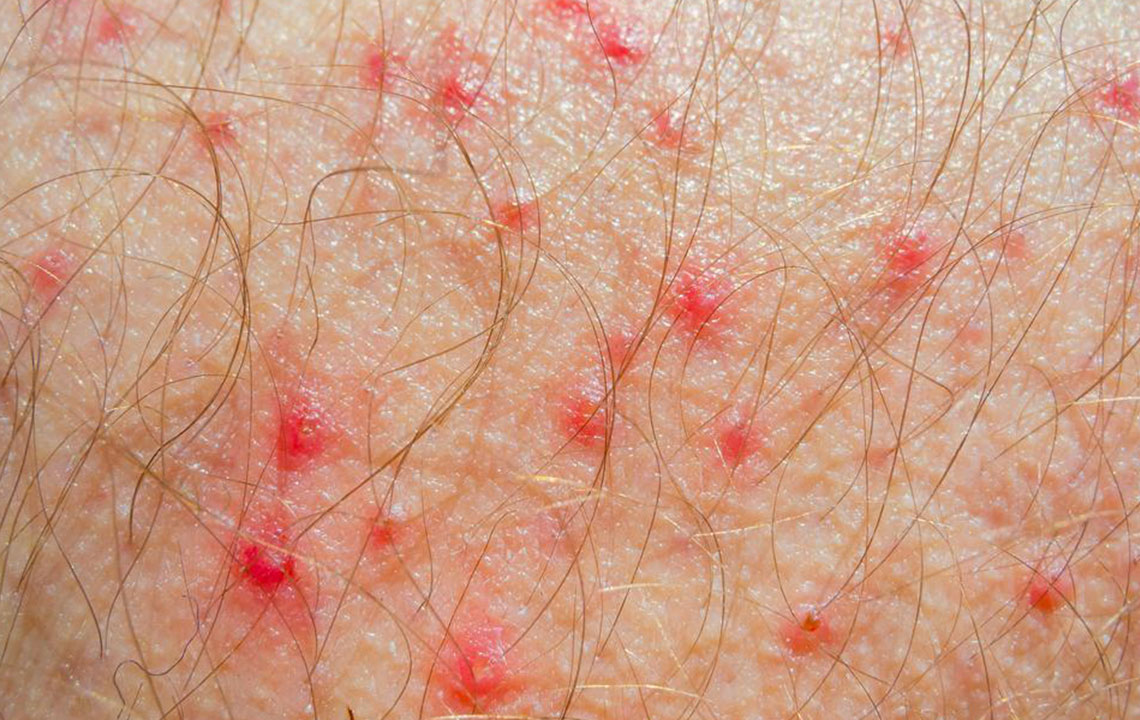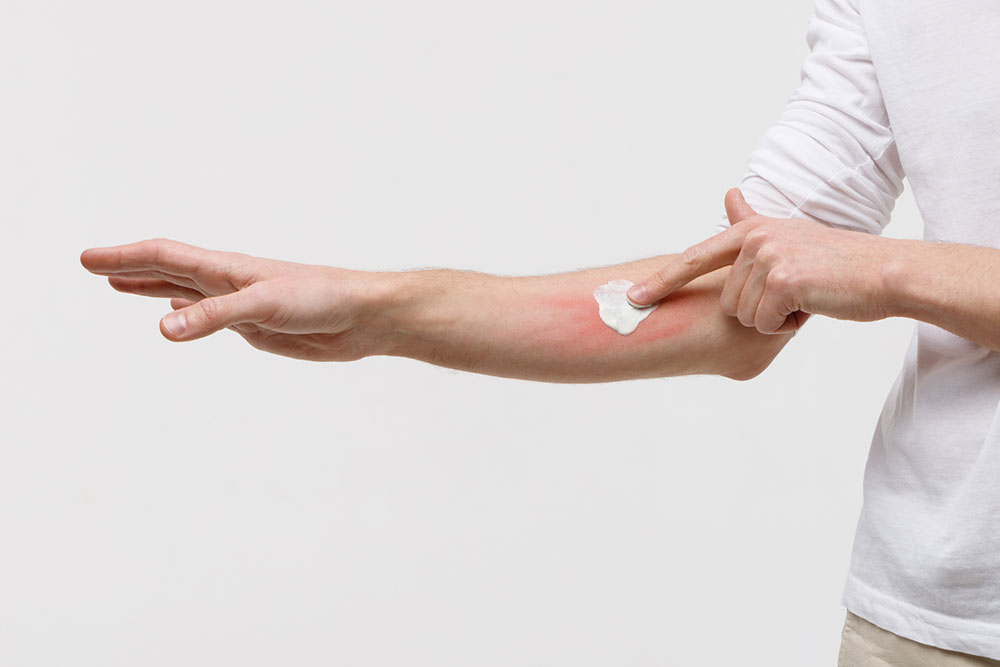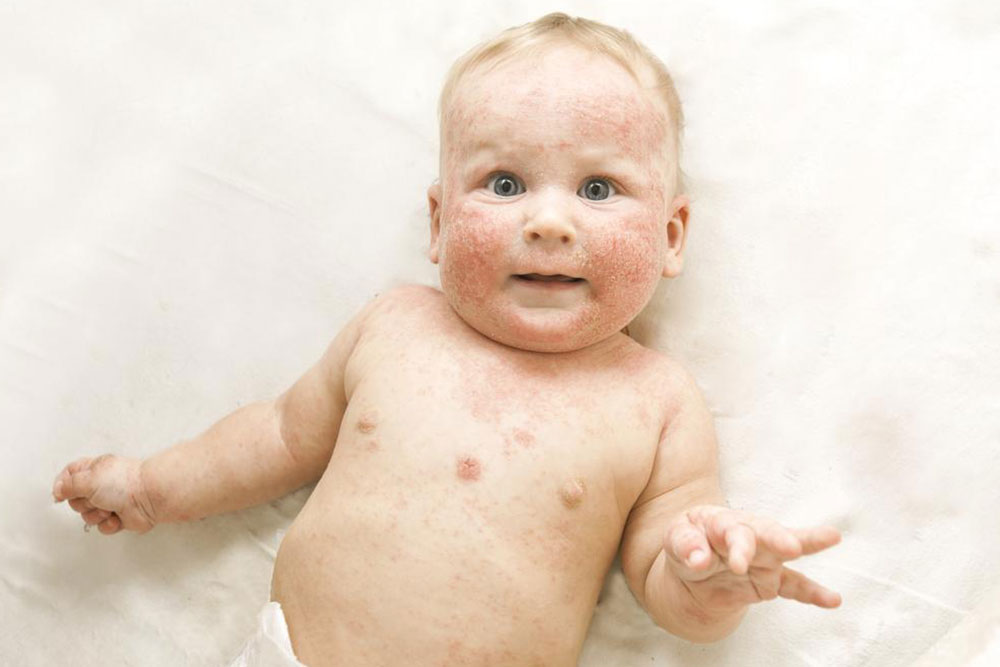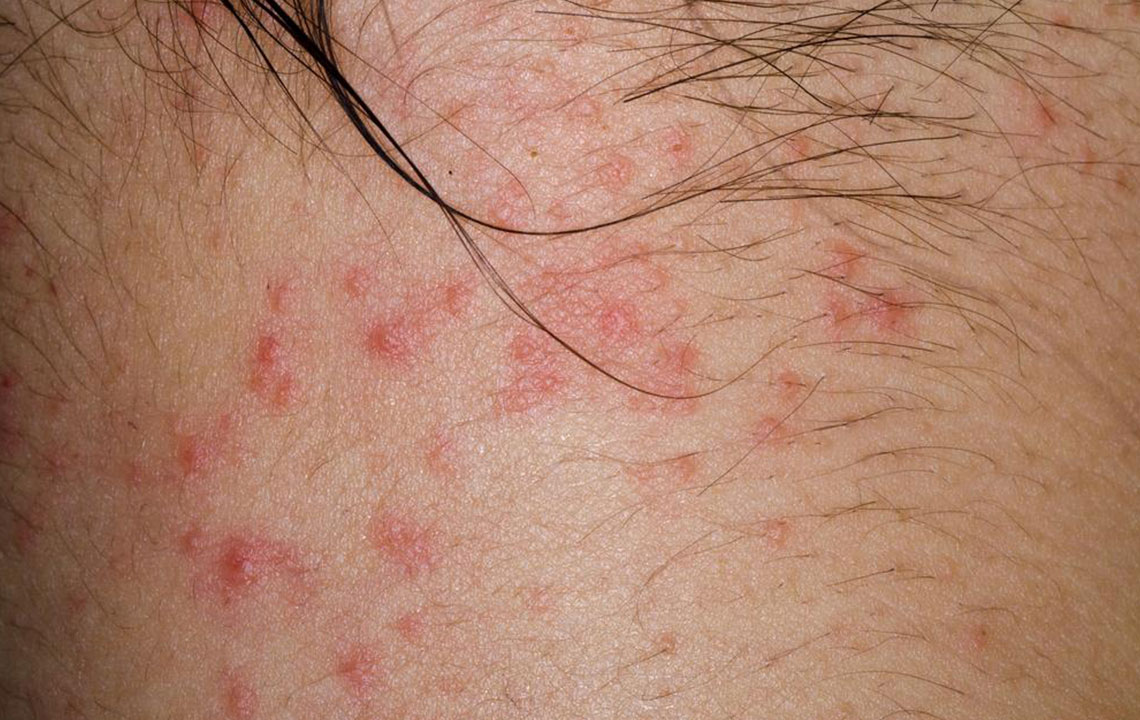Comprehensive Guide to Atopic Dermatitis and Its Variants
This detailed guide explores atopic dermatitis, including its causes, symptoms, and various types such as contact, seborrheic, allergic, nummular, and stasis dermatitis. It highlights signs to watch for, who is most affected, and the importance of early diagnosis and management to control symptoms effectively.

Understanding Atopic Dermatitis: Causes, Symptoms, and Types
Atopic dermatitis, frequently called eczema, is a prevalent skin condition mainly affecting children. It’s characterized by itchy, inflamed, and dry skin. While not entirely curable, managing its symptoms involves understanding the root causes, various forms, and treatment options. The condition often leads to a compromised skin barrier, resulting in increased vulnerability to infections. Symptoms like redness, itching, scaling, and cracking are common. Types include contact dermatitis, seborrheic dermatitis, allergic dermatitis, nummular eczema, and stasis dermatitis. Recognizing these variants can aid in proper management and treatment.
Contact dermatitis occurs when the skin reacts to irritants like cosmetic products or detergents, resulting in flaky, dry patches and painful blisters. Seborrheic dermatitis, often triggered by stress or genetics, shows red, itchy skin typically on the chest, groin, or around the navel. Allergic dermatitis arises from allergic reactions to substances such as poison ivy, leading to red, itchy rashes. Nummular eczema, a rarer form, produces coin-shaped rash patches that can persist for years, commonly seen in individuals with allergies or asthma. Stasis dermatitis, which affects the lower legs, results from circulatory issues, causing dark or purplish skin discoloration.
If symptoms worsen, especially if itchiness and burning interfere with sleep, seeking medical advice is crucial. Atopic dermatitis affects all genders and is most common in infants and young children; around 65% of cases appear before age two, with 90% before age five. Parents noticing widespread rashes should consult a healthcare professional. Approximately 15 million Americans live with this condition, emphasizing the importance of awareness and prompt treatment. Reviewing images of atopic dermatitis can help identify and differentiate these variants.










